Written By: James Hayes
Chiropractor
Dry needling is a common technique used at Dee Why Chiropractic Care and is an excellent way to relieve muscle tension and pain. Is used to treat various conditions in conjunction with other treatment techniques.
What is Dry needling?
It is sometimes referred to as musculoskeletal acupuncture and should not to be confused with traditional acupuncture that targets specific points along the body’s meridians to clear energy blockages. Dry needling targets tight bands of muscle called “trigger points”.
What is a trigger point?
Trigger points are commonly referred to as knots. These knots are an isolated area of spasm within the muscle. Due to their nature they choke off their own blood supply leading to pain. Some trigger points can be present in muscle without causing pain however when pressure is applied to them it “triggers” the pain.
Trigger points don’t just create pain at the source, but they can project pain to other locations in the body. The pain is usually hard to pin point, dull/achy and over a broad area.
Examples of common trigger point locations:
- Neck – side of head, base of skull and forehead
- Shoulders – shoulder, neck, base of skull, forehead and arm
- Pecs – chest, front of shoulder and arm
- Low back – low back, hip and side of the leg
- Gluts – hip and into the leg
Dry needling has been shown to be effective in relieving the symptoms caused by trigger points.
Does the dry needling hurt?
We know some people have a phobia of needles and that’s understandable. Dry needling is a completely different experience to getting a flu shot or having a catheter in your arm giving blood. Dry needling is essentially painless; the needles are so thin that you can hardly feel their presence. You may feel a small prick initially when the needle is inserted but more often than not the process is painless.
How do they work?
Dry needling has been utilised by physical therapists around the world, namely chiropractors and physiotherapists. Studies have shown that when we insert the needle into trigger points they can cause biochemical changes, which will assist in reducing your pain.
When we needle trigger points it can elicit a local “twitch response” within the muscle, which is a spinal cord reflex. It is believed that creating a local twitch response within a muscle is the first step in breaking the “pain-cycle”. They can reach deep layers of muscle that cannot be effectively treated just using the therapist’s hands.
Common conditions treated with dry needles:
- Neck Pain
- Low back pain
- Shoulder pain
- Headaches
- Rotator cuff injuries
- Hip and leg pain
- Tendonitis (eg. Golfers/Tennis Elbow)
- Sporting injuries
What if I don’t want needles?
Not a problem. Dry needling is excellent however we can achieve similar results utilising other muscle release techniques.

